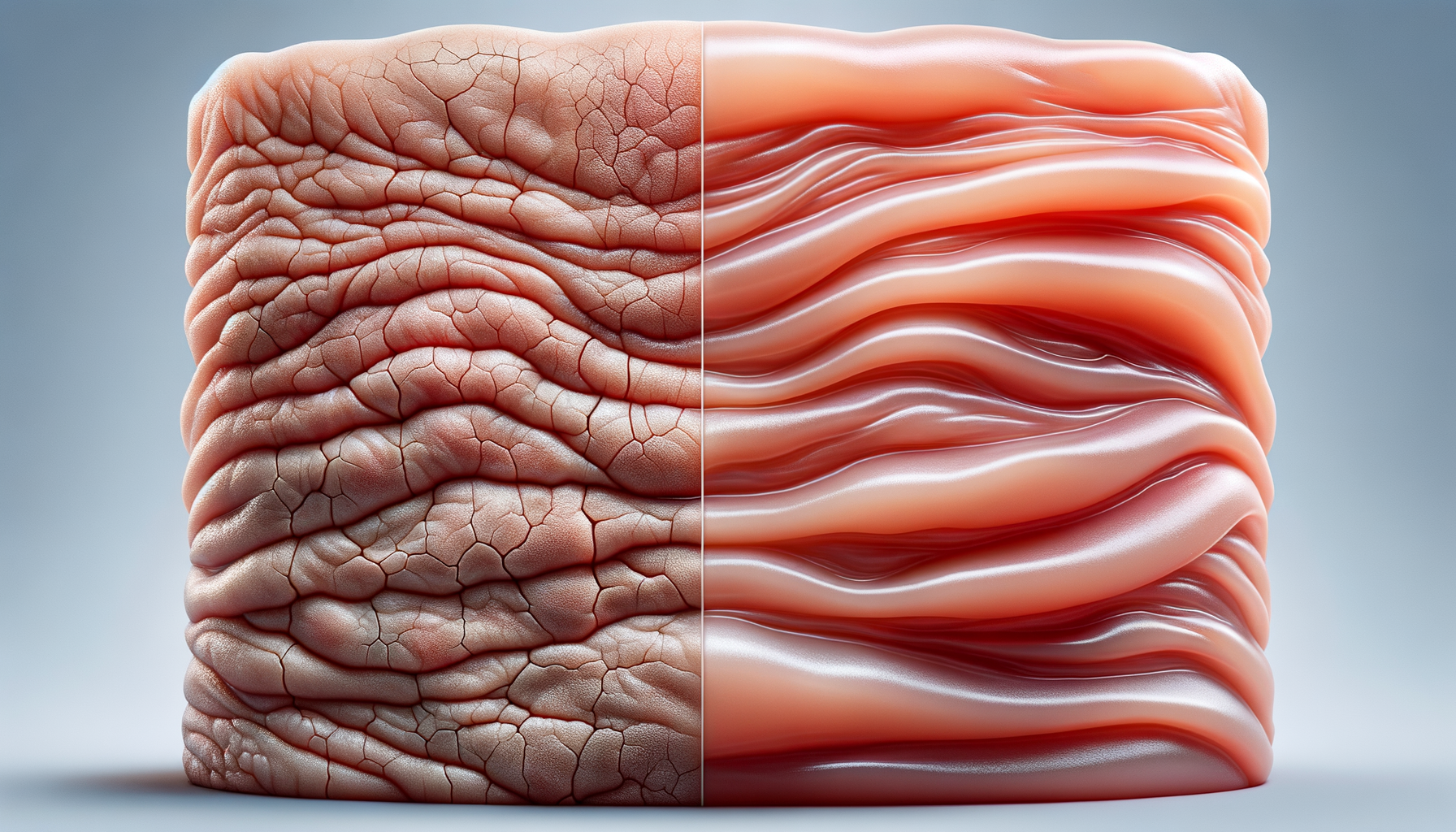
Effective Wrinkle Treatments: Restore Your Skin’s Youthful Glow
Understanding the Causes of Wrinkles
Wrinkles, those inevitable fine lines that mark the passage of time, are a natural part of aging. However, understanding their causes can help in choosing the appropriate treatments. Wrinkles primarily occur due to the breakdown of collagen and elastin in the skin. These proteins are responsible for maintaining skin elasticity and firmness. As we age, the production of these proteins decreases, leading to sagging and the formation of wrinkles.
External factors also play a significant role in wrinkle development. Sun exposure is a major contributor, as ultraviolet (UV) rays can accelerate the breakdown of collagen fibers. Additionally, lifestyle choices such as smoking, excessive alcohol consumption, and poor diet can exacerbate the appearance of wrinkles. Environmental pollutants and stress are other factors that can affect skin health, leading to premature aging.
Understanding these causes is crucial for effective wrinkle treatment. By addressing both internal and external factors, one can take a comprehensive approach to maintaining youthful skin. This holistic understanding helps in selecting treatments that not only target existing wrinkles but also prevent new ones from forming.
Topical Treatments: Creams and Serums
Topical treatments are among the most accessible options for wrinkle management. These include creams and serums formulated with active ingredients designed to improve skin texture and reduce the appearance of fine lines. Retinoids, derivatives of vitamin A, are a popular choice due to their ability to increase cell turnover and stimulate collagen production. This can result in smoother, more resilient skin.
Another effective ingredient is hyaluronic acid, known for its hydrating properties. It helps retain moisture in the skin, making it appear plumper and reducing the visibility of wrinkles. Antioxidants like vitamin C and E are also frequently included in topical formulations. They protect the skin from oxidative stress caused by free radicals, thereby preventing further damage.
When choosing a topical treatment, it’s important to consider one’s skin type and sensitivity. Some ingredients, like retinoids, can cause irritation, especially for those with sensitive skin. It’s advisable to start with lower concentrations and gradually increase as the skin builds tolerance. Consistent application is key to achieving noticeable results.
Professional Treatments: From Peels to Laser Therapy
For those seeking more intensive solutions, professional treatments offer a range of options. Chemical peels are a popular choice, involving the application of a chemical solution to exfoliate the outer layer of skin. This process reveals newer, smoother skin underneath, reducing the appearance of wrinkles.
Microdermabrasion is another technique that gently sands away the outer layer of skin, promoting the growth of new skin cells. This treatment is effective for improving skin texture and reducing fine lines. For deeper wrinkles, laser therapy might be recommended. Laser treatments work by stimulating collagen production and tightening the skin, offering long-lasting results.
Each of these treatments comes with its own set of considerations, including potential side effects and recovery time. Consulting with a dermatologist or skincare professional is essential to determine the most suitable option based on individual skin needs and goals. Professional treatments can significantly enhance skin appearance, particularly when combined with a consistent skincare routine.
Natural Remedies and Lifestyle Changes
While professional and topical treatments are effective, incorporating natural remedies and lifestyle changes can enhance their benefits. Staying hydrated is fundamental, as water helps maintain skin elasticity and flush out toxins. A diet rich in antioxidants, such as fruits, vegetables, and nuts, supports skin health by combating oxidative stress.
Regular exercise improves circulation, which can give the skin a healthy glow. Moreover, managing stress through techniques like meditation or yoga can prevent stress-induced skin aging. Adequate sleep is another crucial factor, as it allows the body to repair and regenerate skin cells.
Natural remedies such as aloe vera, coconut oil, and green tea can be applied topically to provide additional hydration and nourishment. These ingredients have anti-inflammatory and antioxidant properties that can soothe and protect the skin. While these remedies may not offer immediate results, they contribute to overall skin health and complement other treatments.
Choosing the Right Treatment for You
Selecting the appropriate wrinkle treatment involves considering various factors, including skin type, age, and specific skin concerns. For those with sensitive skin, gentle formulations with hydrating ingredients may be more suitable. Individuals looking for quick results might opt for professional treatments, while others may prefer a gradual approach using topical products.
It’s important to set realistic expectations and understand that no single treatment can completely eliminate wrinkles. A combination of approaches often yields the best results. Consulting with skincare professionals can provide personalized recommendations and help navigate the myriad of available options.
Ultimately, the goal is to enhance skin health and appearance, promoting a youthful glow that reflects one’s inner vitality. By staying informed and proactive, individuals can make informed choices that align with their skincare goals and lifestyle preferences.


